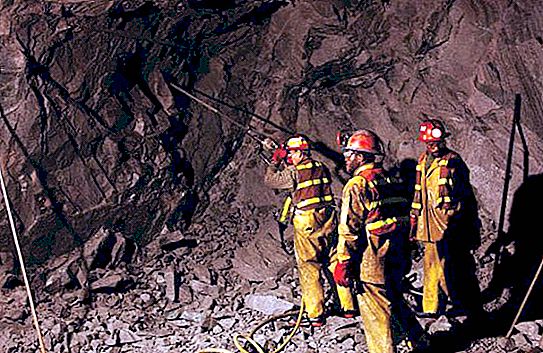Video: No more man hours per ton - start using Overall Labor Effectiveness 2024, July
The economy of a developed state is almost always built on the basis of market relations, in which any business entity has the right to independently plan and manage its resources. From the success of these processes depends on the amount of profit, and therefore, the survival of the enterprise as a whole. One of the most important and costly factors of production today is the labor of wage workers. Many people very often heard in their life, but did not always correctly understand the meaning of the word "personnel", although this category is crucial in the production and economic activities of enterprises. Studying the cost of labor and the effectiveness of performance indicators will help maximize the profit of any organization.
What are frames?
Personnel - this is the totality of all workers employed in the enterprise and included in its staff, regardless of their vocational qualification groups.

Personnel include specialists, workers, technical staff and managers (together - a group of employees), as well as security workers, students and junior staff.
Specialists are employees who prepare production, carry out its engineering support and sale of products.
Workers are people directly involved in the creation of products. This category is divided into two groups: main and auxiliary. The main workers directly with their own hands and through tools create a final product from materials. Auxiliary supplies provide the main production with materials, raw materials, energy, fuel, transport, etc.

Technical personnel are employees whose main mission is to ensure the work of specialists.
The managers have a managerial function. It is carried out both in the enterprise as a whole and in its individual divisions. This group includes: chiefs, managers, chief specialists, directors, etc.
Security workers function to protect the material and information values of the enterprise, as well as management representatives from unauthorized physical impact.
Student staff is a reserve necessary for an enterprise to replenish existing and replace age-related employees of an organization.
The maintenance staff performs cleaning of premises, public places, etc.

Personnel can be characterized by a quantitative and qualitative principle.
Quantitative characteristics of frames
These specifications include:
- payroll - the number of employees on a specific date, including hired and dismissed;
- apparent headcount - the number of employees who came to work on a specific date;
- average headcount - the average number of employees per calendar day.
Qualitative characteristics of frames
The characteristics of this subcategory evaluate the professionalism and qualifications of the organization’s employees.
A profession is a direction of labor activity that requires specific training and is a source of income for labor personnel. Also within the framework of a particular profession, a narrower focus is identified - specialization (for example, the profession is an economist, specialization is a financial analyst).

Qualified personnel are employees of the enterprise who have a certain degree of skill displayed by the number of rank, category or class. Qualification requirements are spelled out in the Unified Tariff and Qualification Handbook (ETKS), qualification handbooks of positions of employees, as well as regulations and job descriptions. So, according to reference books, a position is a kind of mental activity that is necessary for the exercise of authority in the workplace.
How to calculate labor efficiency?
Labor productivity indicators are the best indicators of personnel use efficiency. These coefficients characterize the fruitfulness of the work of the labor collective in the production of various goods. Quantitatively they are calculated by production indicators (the ratio of the volume of work / production to the number of employees) or labor intensity (reverse production). These values can be calculated in money meter, standard hours, in-kind and conditionally-natural terms.
Training is a complex and energy-intensive process, on which the uninterrupted operation and profitability of the enterprise depend. That is why it is necessary to devote enough time and material resources to it.






